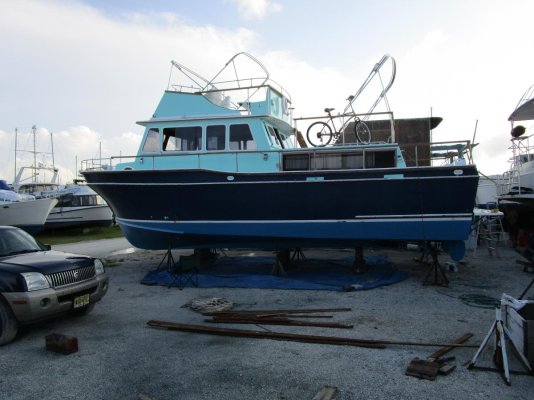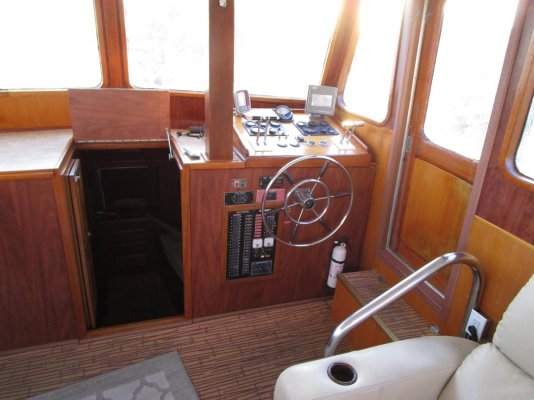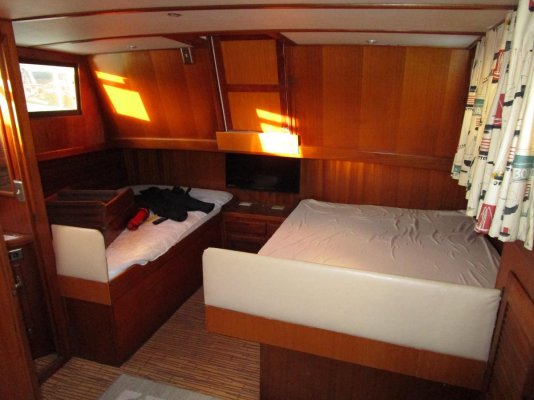Consider water depth
Here in NC some of the most interesting places have somewhat thin water - Bath NC, Rose Bay, some approaches to Ocracoke, the Neuse River, Edenton, numerous bays and tributaries, etc., so draft is an issue. We like our Camano for these waters. While we consider our realistic range to be the top of the Chesapeake to anywhere south on the east coast, we're delighted simply exploring Albemarle and Pamlico Sounds and related bodies of water. Offshore to NY city is not in our plans - did that once coming south from New England - nice experience, but Delaware Bay and offshore NJ are unlikely for us again. We like having ready access to protected water if bad weather comes up. We don't anticipate going far south of Morehead City, just because we're happy not spending much time in the ditch. The natural beauty of our lightly populated shores and long unpopulated stretches of marsh and forested shores keep us awed right here in NC.
For our waters, single handing or as a couple, in addition to a Camano, the Nordic Tug 32/34 with 50% more displacement, appeals. Grand Banks, Marine Traders, among older boats in this size range seem to be popular in this area, too. So, that's a range that offers good comfort, limited draft, easy handling, good construction, ample size berths, adequate stability if you keep a weather eye, good access to lovely old colonial towns, and moderate cost on a relative basis compared to larger boats. You can go larger, of course, but these boats get the job done nicely on the smaller end of your range of possibilities.



